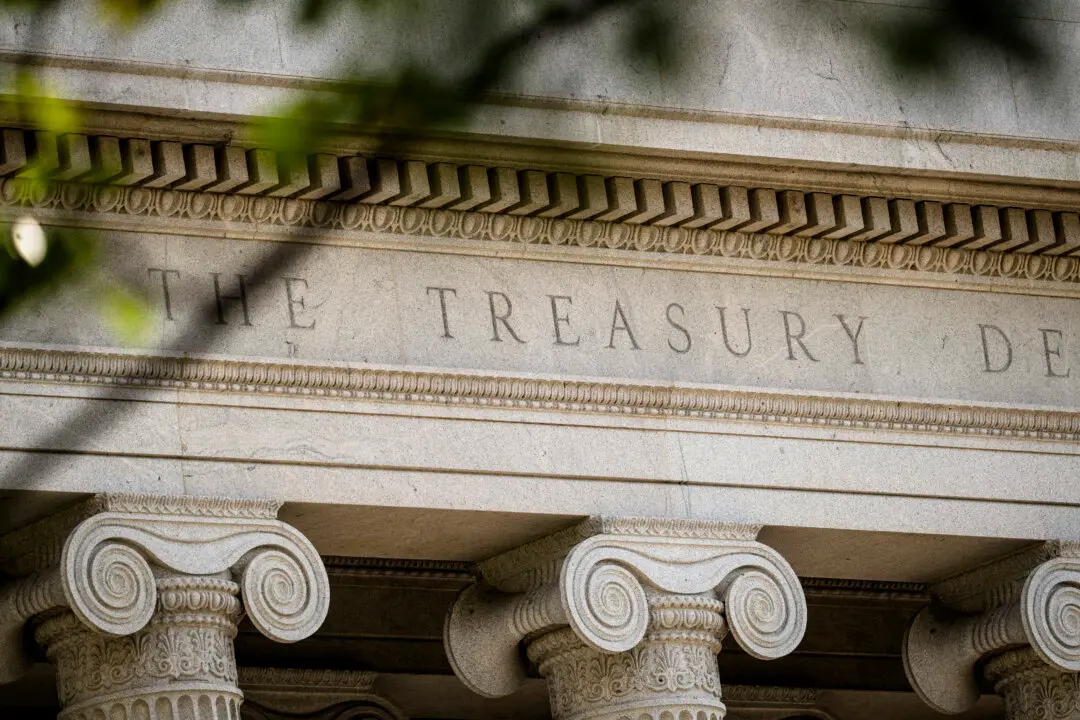Commentary
Canada’s annual inflation rate rose to 3.3 percent in July, up from 2.8 percent in June, according to Statistics Canada on Aug. 15. The Consumer Price Index was predicted to rise to 3.0 percent due to the steep drop in gasoline prices in July 2022.
Gasoline is up 12.9 percent year-over-year compared to 21.6 percent in June. The 2.8 percent annualized rate turned out to be only temporary, as the May year-over-year rate was 3.4 percent. The core CPI rose 3.8 percent year-over-year.
Food-price inflation remains a serious problem for Canadians. Grocery prices were up 8.5 percent in July, year-over-year. Although this is down from 9.1 percent in June, the rate of improvement has been slower than hoped for and remains a serious personal issue for Canadian families and increasingly, a political problem for the federal government.





